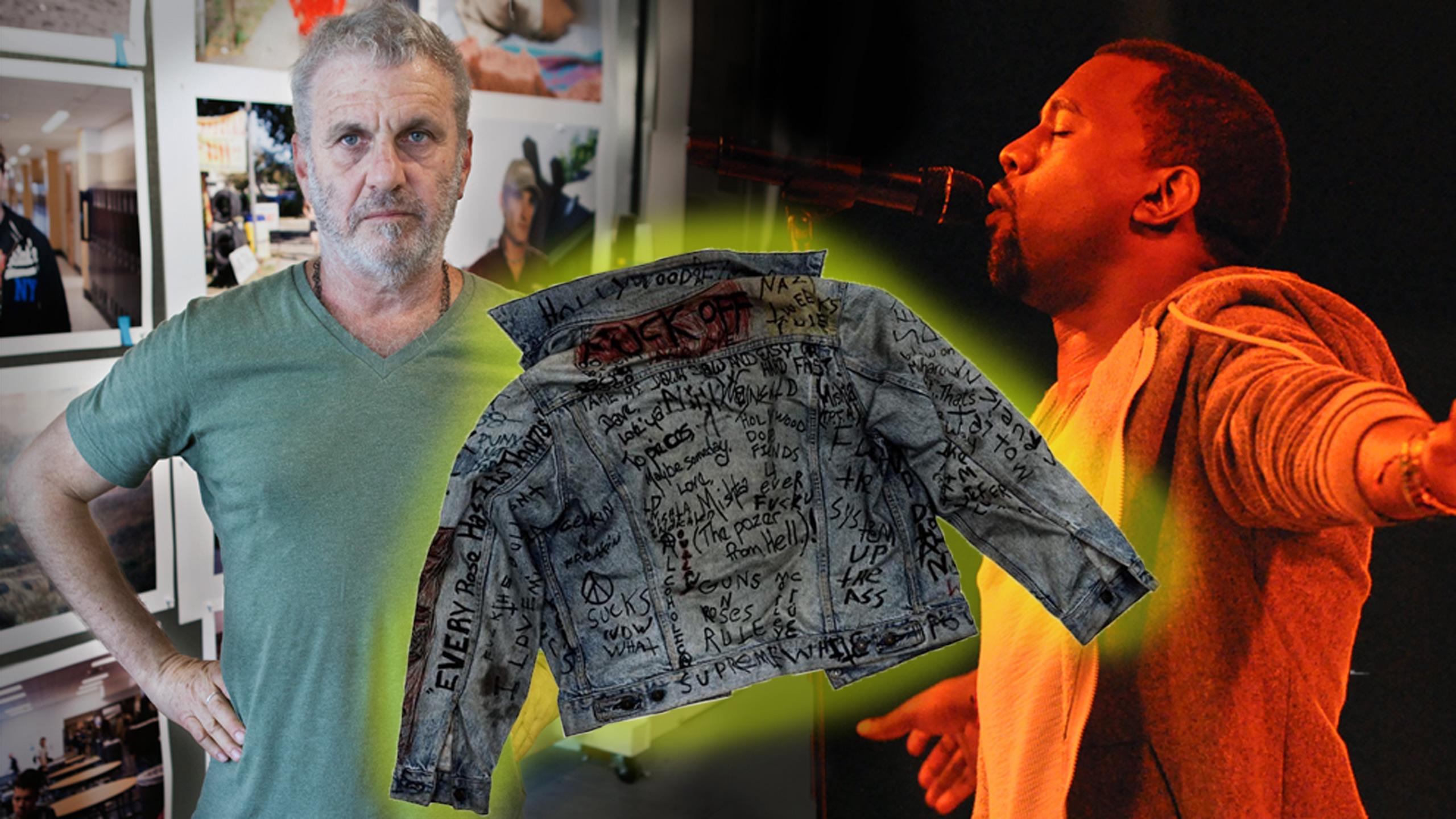By Waverly Neufeld
Highly acclaimed artist and landmark photographer Jim Goldberg is not pleased with Kanye West.
Goldberg, who has a photo series titled Rich and Poor on exhibition at the Ryerson Image Centre, spoke in depth of his many experimental projects and photography career at a Tanenbaum Lecture, hosted at the RIC on Wednesday. The project features contrasting photos Goldberg took of the impoverished and the wealthy people living in San Francisco in the 70s and 80s. He says the project set the foundation for the type of art he would produce throughout his career.
American rapper, producer and fashion designer Kanye West came up when Goldberg discussed older projects for the 150 people in attendance, specifically his book Raised by Wolves chronicles the stories of runaway homeless youth in Los Angeles and San Francisco, focusing on two teenagers, Tweeky Dave and Echo. The book’s chapters are titled after materials the teenagers owned. One of the chapter’s items, Tweeky Dave’s jacket, because a symbol for homeless youth after the project’s release. But Goldberg says the jacket’s “lost meaning” since celebrities, specifically West, have picked up on it and expensively marketed it.
“It was being sold as fashion as opposed to it’s meaning [which] was about homelessness and homeless kids in America,” said Goldberg.
Goldberg first developed his photographic practice after graduating from college and travelling to Asia. His first work, titled Guest Register, includes photographs of people who lived in hotels, who would pay daily, weekly or monthly for their rooms. People would then write next to their pictures in the book. “It was really about my relationship with the people in this hotel,” said Goldberg. This eventually lead to his iconic project Rich and Poor.
“I was always interested in this dialectic between the haves and the haves not, old and young, rich and poor,” said Goldberg. “Usually economic theory is descriptive; it looks at things from the outside trying to understand what’s going on. I wanted to work from the inside and try to figure out how to explain what I saw going on.”
“For 40 years I’ve basically been doing the same thing,” said Goldberg. “which is figuring out how to make narrative artwork.”
The photographer says he stopped referring to himself as a photographer 5 years ago.
“I realized that I was doing lots of different things with my work. I was drawing, I was making things and collecting things. It’s really an art practice that I have.”
Some of Goldberg’s other series include Nursing Home (1985-86), where Goldberg spent three months observing a nursing home before then taking polaroid film of his time there. Raised by Wolves (1985-95), which features 40 000 street kids in Los Angeles and San Francisco. Hospice (1992-93), where Goldberg captured his father’s last moments and Open See which documents migrants, refugees and trafficked people in Europe (2003-2009).
Goldberg says his work is only achievable through a certain objectivity.
“If I only told stories through my emotions it would only be one way of telling it. I have to distance myself to realize what’s the best strategy of how to tell this story,” said Goldberg. “It’s about giving back, it’s about relationships, it’s about empathy. It’s about all that kind of stuff. As artists we are there not just to make things, but to point and say this is worth looking at. I think that’s what the privilege is.”
Rich and Poor, which Goldberg worked on from 1977-85, is currently exhibited at the Ryerson Image Centre until April 8, 2018, where daily tours are given.










Leave a Reply